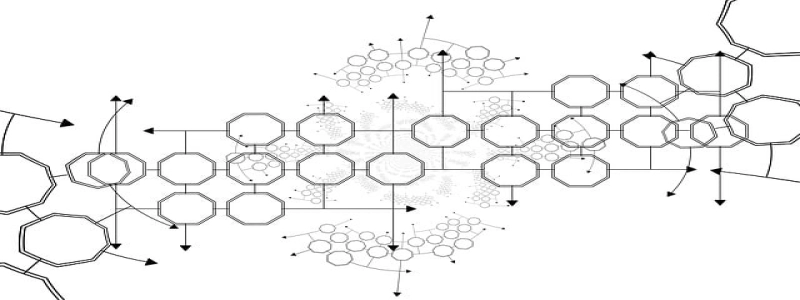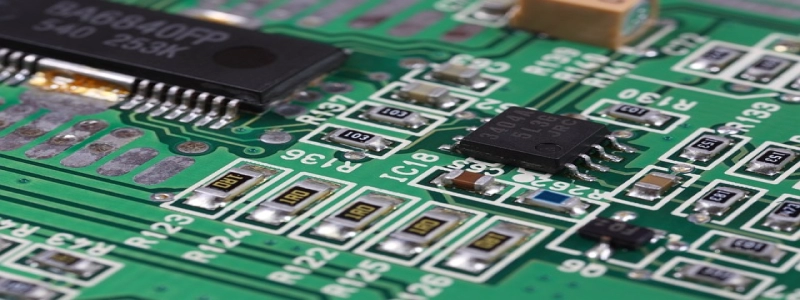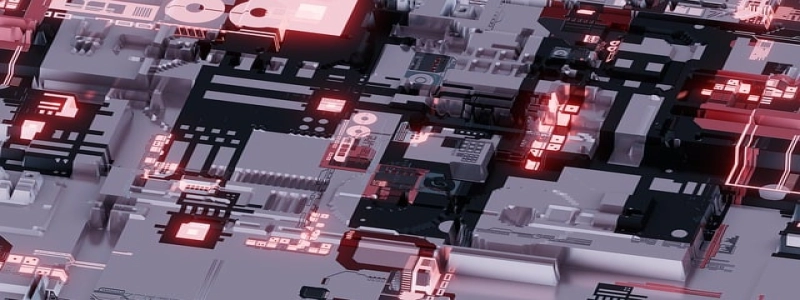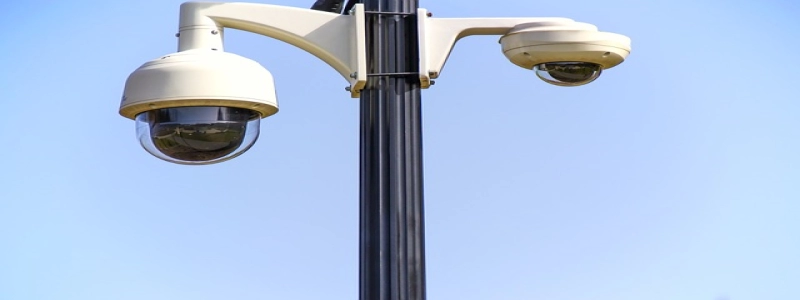Cat 6 Ethernet Cable vs Cat 8: A Comprehensive Comparison
Introduction:
When it comes to networking and data transfers, having the right Ethernet cable is crucial. In this article, we will compare two popular options: Cat 6 and Cat 8 cables. We will delve into their differences and help you determine which cable is more suitable for your needs.
1. Cat 6 Ethernet Cable:
1.1. Overview:
Cat 6 Ethernet cable, also referred to as Category 6 cable, is one of the most commonly used cables for Ethernet networking. It is known for offering excellent performance and reliability.
1.2. Speed and Bandwidth:
Cat 6 cables can support data transfer speeds of up to 10 Gigabits per second (Gbps). They offer a frequency range of up to 250MHz, which allows for high-speed data transfers and minimal signal interference.
1.3. Cable Construction:
Cat 6 cables consist of four twisted pairs of copper wires, and they are usually jacketed in a plastic sheath. The cables are backward-compatible with previous Ethernet standards, which means they can be used in older networking setups.
1.4. Common Uses:
Cat 6 cables are commonly used in homes, offices, and small businesses. They are suitable for connecting computers, printers, routers, and other devices that require high-speed data transmission.
2. Cat 8 Ethernet Cable:
2.1. Overview:
Cat 8 Ethernet cable is a newer and advanced option that offers even higher performance compared to Cat 6 cables. It is designed to meet the demands of modern networking technologies.
2.2. Speed and Bandwidth:
Cat 8 cables have a significantly higher data transfer speed compared to Cat 6 cables. They can support speeds of up to 40Gbps over a distance of 30 meters and 25Gbps over a distance of 50 meters. Cat 8 cables have a frequency range of up to 2000MHz, allowing for extremely fast and reliable data transfers.
2.3. Cable Construction:
Cat 8 cables are constructed with four twisted pairs of copper wires and are shielded with a metallic foil. This shielding provides better protection against external interference and crosstalk, resulting in improved signal quality.
2.4. Common Uses:
Cat 8 cables are ideal for data centers, server rooms, and large-scale network setups that require ultra-high-speed data transfer. They are also suitable for applications that involve 4K and 8K video streaming, virtual reality gaming, and other bandwidth-intensive activities.
3. Comparison:
3.1. Speed and Bandwidth:
Cat 6 cables offer speeds of up to 10Gbps, while Cat 8 cables provide speeds of up to 40Gbps. Cat 8 cables also have a much wider frequency range, allowing for higher bandwidth.
3.2. Distance:
Cat 6 cables can transmit data up to 55 meters, while Cat 8 cables are limited to 30 meters for maximum speeds. Beyond this distance, the speeds may decrease.
3.3. Shielding:
Cat 6 cables are usually unshielded, which makes them more susceptible to interference. Cat 8 cables, on the other hand, are shielded and provide better protection against external factors.
3.4. Price:
Cat 6 cables are more affordable compared to Cat 8 cables. The advanced technology and superior performance of Cat 8 cables result in higher costs.
Conclusion:
Choosing between Cat 6 and Cat 8 Ethernet cables depends on your specific networking requirements. If you need high-speed connections over short distances and have budget constraints, Cat 6 cables are a suitable choice. On the other hand, if you require ultra-high-speed connections, are willing to invest in advanced technology, and have shorter cable runs, Cat 8 cables are the way to go. Consider your needs and budget before making a decision to ensure optimal performance in your networking setup.








